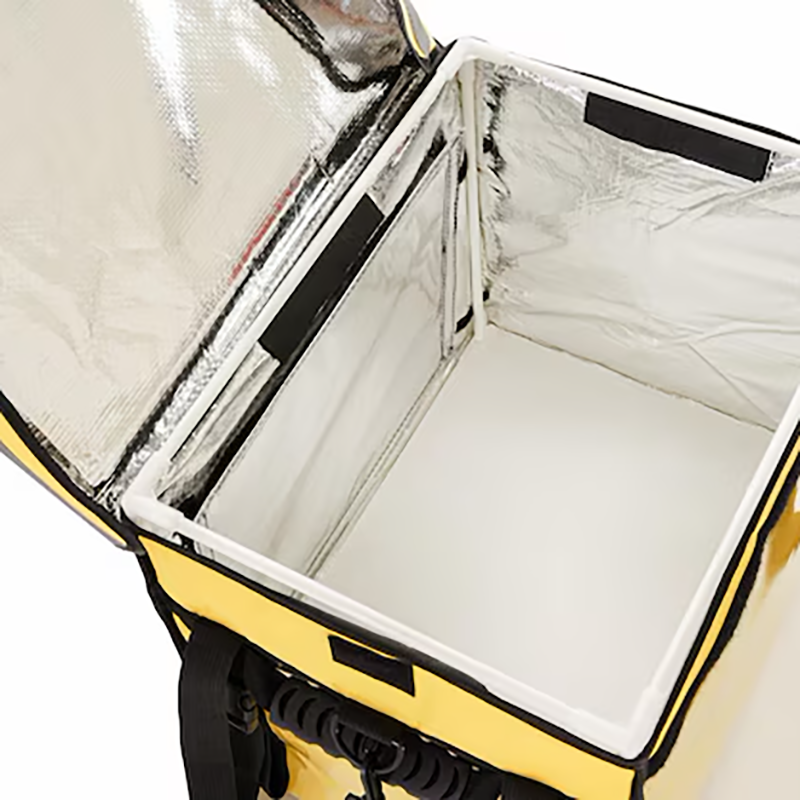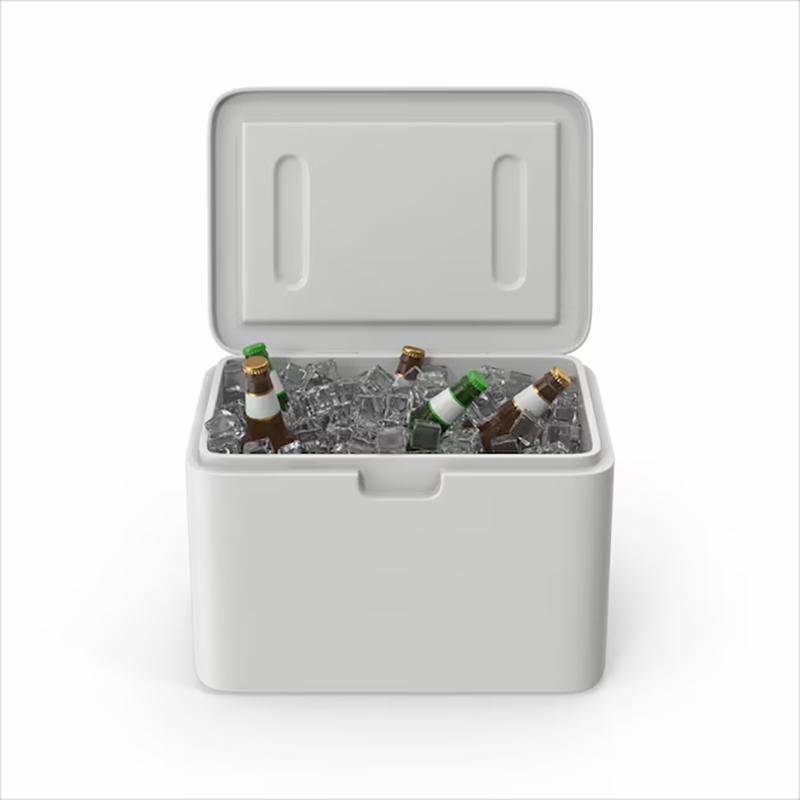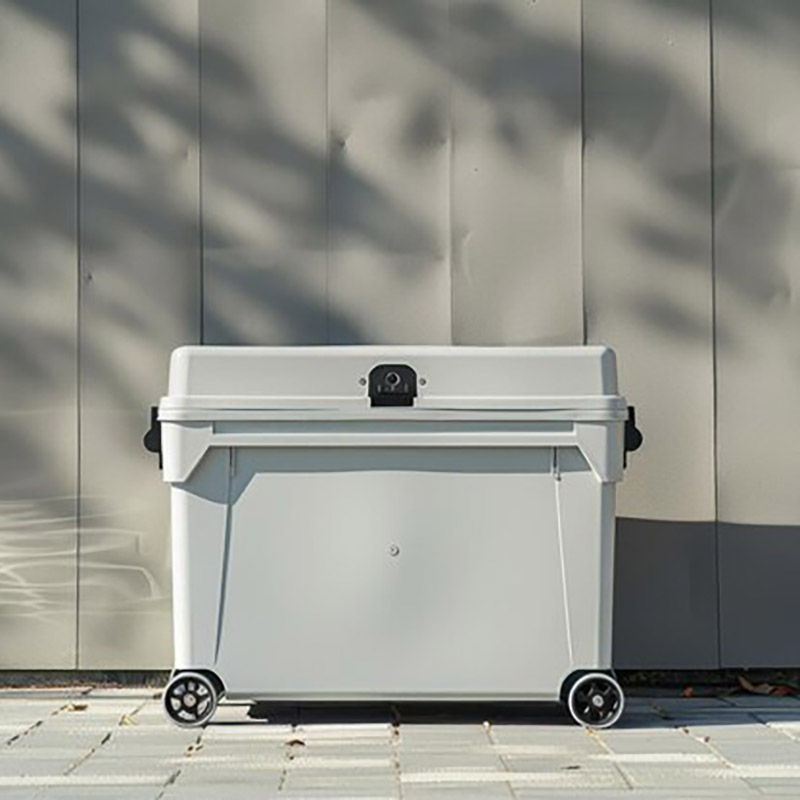As people’s demand for outdoor activities and portable storage increases, coolers and traditional cooler box have become the two major choices for consumers. Although they all have the function of maintaining low temperature and preserving food, there are significant differences in structure, working principle, and usage scenarios.
What is the difference between a cooler box and a traditional refrigerated box?
Working principle
Cooler box:
It works by maintaining low temperatures through efficient insulation, such as polyurethane foam, and ice cubes or ice packs placed inside. Insulation effectively blocks heat from the outside, while ice cubes or ice packs reduce the internal temperature by absorbing heat. At the same time, some coolers not only keep cold, but also keep heat
Traditional refrigerated box:
Relying on mechanical compression or absorption refrigeration technology, refrigeration is achieved by compressing and condensing refrigerants (such as Freon). The internal temperature is adjusted by a thermostat or digital control panel and can be accurately controlled within the set range.
Usage scenarios
Cooler box:
Suitable for short-term camping, picnics, self-driving tours and other outdoor activities. Since it requires no power supply, it is easy to carry and use and performs well in outdoor environments.
Traditional refrigerated box:
It is mostly used in daily life in families, supermarkets, restaurants and other places that require continuous low-temperature environments. Requires access to a power source, suitable for long-term use and storage of large amounts of food.
Portability
Cooler box:
The design is lightweight and usually comes with a handle or pull rod, making it easy to carry and move. Suitable for scenes that require frequent transportation.
Traditional refrigerated box:
Because it contains components such as a compressor and a condenser, it is heavier and larger in size, making it difficult to move, and is mostly used for fixed purposes.
Cooling effect
Cooler box:
The cooling effect is limited by the quantity and quality of ice cubes or ice packs. It can usually stay cold for hours to days, depending on outside temperature and usage.
Traditional refrigerated box:
The cooling effect is stable and can maintain low temperature for a long time. Precise temperature control, suitable for preserving sensitive foods and medicines.
Maintenance and costs
Cooler:
Maintenance is simple, requiring only regular cleaning and replacement of ice cubes or ice packs.
Traditional refrigerated box:
Maintenance is relatively complex and requires regular defrosting, cleaning and inspection of components such as the compressor.
Therefore, coolers and traditional refrigerators each have their own advantages and disadvantages and are suitable for different scenarios and needs. Choosing the right refrigeration equipment based on your specific needs can better improve life and work efficiency.
Post time: Nov-21-2024







